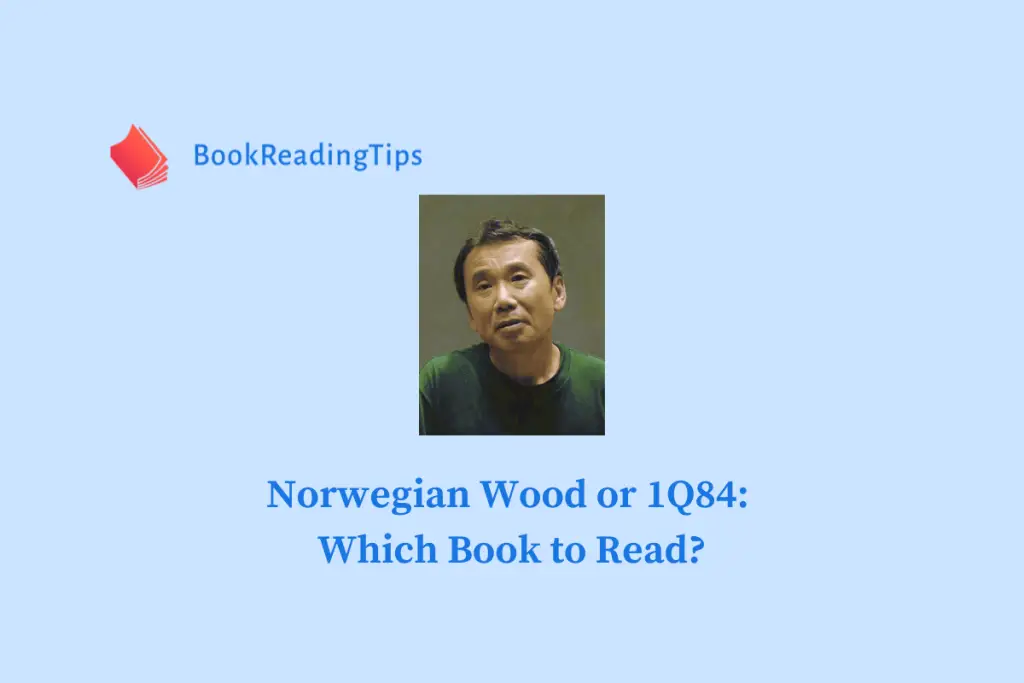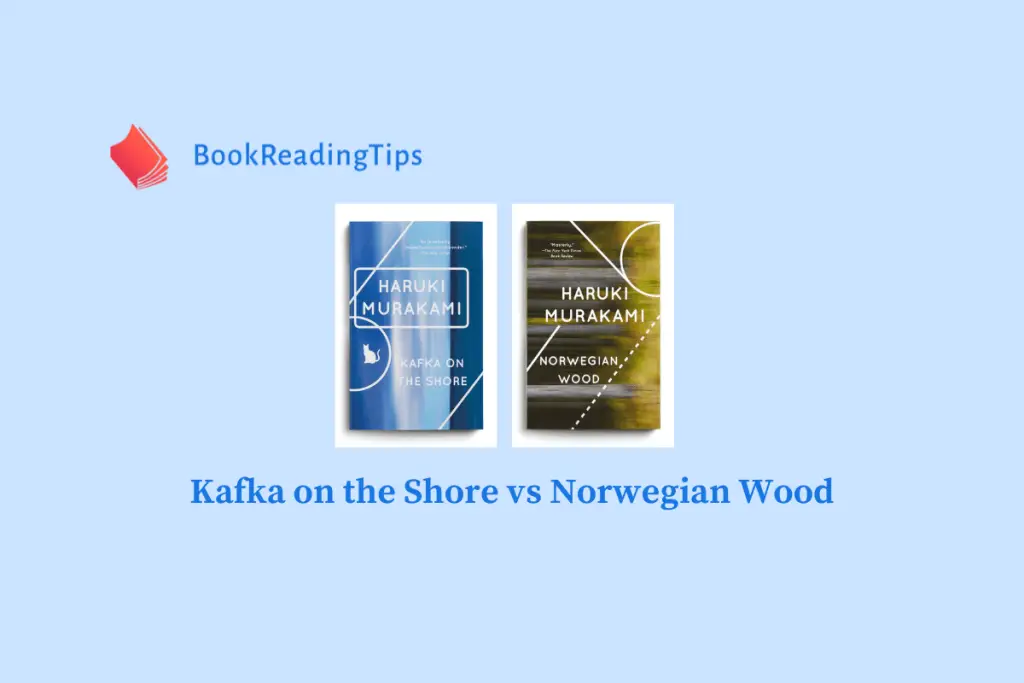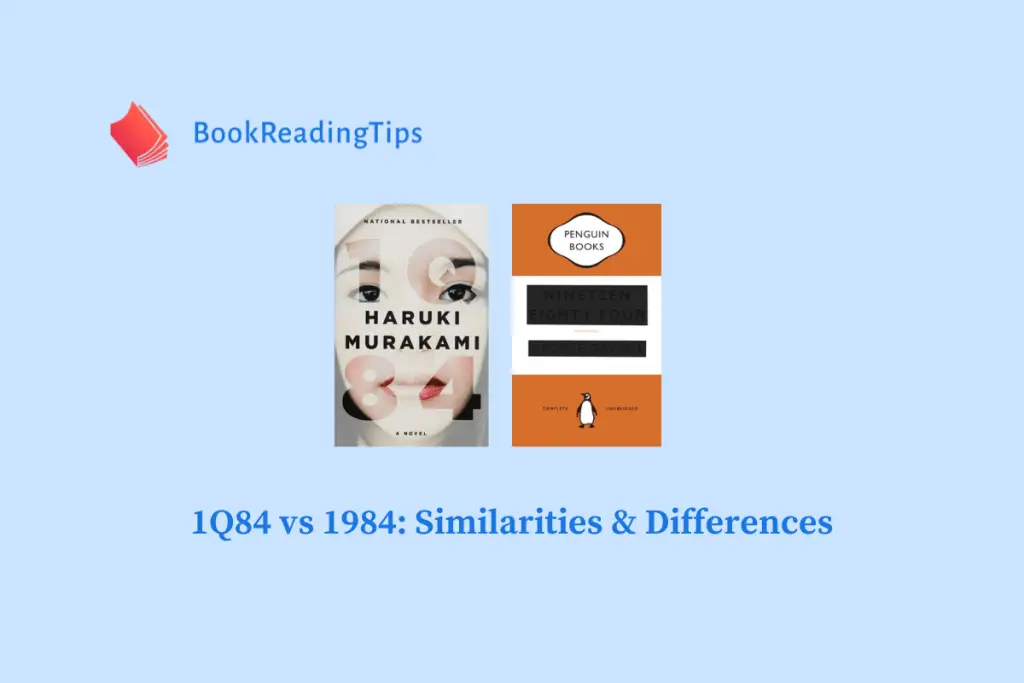As you delve into the world of Haruki Murakami’s literature, two of his masterpieces stand out: The Wind-Up Bird Chronicle and Kafka on the Shore. Each novel transports readers to dream-like, surreal landscapes, intertwining the boundaries of reality and imagination. Comparing these two phenomenal works sheds light on the evolution of Murakami’s remarkable storytelling and thematic elements.
The Wind-Up Bird Chronicle, published in 1994, follows Toru Okada’s journey of self-discovery and serendipitous encounters as he searches for his missing cat and wife. Along the way, he delves into the mystical, entering a realm far beyond the confines of mundane existence. In contrast, Kafka on the Shore, published in 2002, presents a dual-narrative of 15-year-old Kafka Tamura fleeing his family and Nakata, an elderly man with the power to communicate with cats. Traversing different paths, these two parallel protagonists ultimately converge in an interconnected world where the extraordinary resides.
As you explore these works, pay close attention to the differences and similarities in Murakami’s treatment of themes such as fate, love, and solitude. Unraveling the connections between the novels will enrich your appreciation for Murakami’s unique and captivating storytelling style.
Table of Contents
- The Wind-up Bird Chronicle vs. Kafka on the Shore
- Character Analysis
- Exploring Key Themes
- The Role of Setting
- Murakamis Work and Its Reception
- Conclusion
The Wind-up Bird Chronicle vs. Kafka on the Shore

Thematic Exploration
In The Wind-up Bird Chronicle, you observe the protagonist, Toru Okada, embarking on a journey to find his missing wife and cat. The novel delves into themes such as isolation, identity, and the search for meaning. In Kafka on the Shore, you follow the story of teenage Kafka Tamura as he runs away from home to escape an Oedipal prophecy. Themes like fate, free will, and self-discovery are explored in this narrative.
Both novels encourage you, as the reader, to question reality and the character’s connections to their surroundings. You also notice reflections of the protagonist’s inner battles with themselves as they navigate through their respective stories.
Use of Magical Realism
Murakami incorporates elements of magical realism in both novels. In The Wind-up Bird Chronicle, you encounter seemingly supernatural elements, such as psychic powers and strange dream sequences. This novel makes you feel as if you are navigating between two worlds – the real and the surreal.
Similarly, in Kafka on the Shore, magical realism is evident through the character Nakata, who can communicate with cats and experiences strange occurrences. This blend of magical and ordinary elements serves to create an engaging and thought-provoking reading experience in both novels.
Historical Context
In The Wind-up Bird Chronicle, you come across several pieces of Japanese history, particularly the brutalities of World War II, as seen through the eyes of certain characters. This exploration of history adds depth to the narrative and enhances your understanding of the characters and their struggles.
While Kafka on the Shore does not focus as heavily on historical events, the presence of World War II is felt through the character of Miss Saeki, whose past is deeply intertwined with the war. Thus, in both novels, the historical backdrop serves to provide context and shape the narratives.
Character Analysis

Major Characters
In The Wind-Up Bird Chronicle, you will find the protagonist, Toru Okada, whose life takes unexpected twists as he searches for his missing cat and wife. Another central figure in the story is Noboru Wataya, who serves as the antagonist. Additionally, there’s May Kasahara, the quirky teenage neighbor who helps Toru unearth some important clues.
On the other hand, Kafka on the Shore, the novel revolves around two main characters: a teenage boy named Kafka Tamura, who runs away from home to find his long-lost mother and sister, and Nakata, an old man with a unique ability to talk to cats. Other characters include Miss Saeki, who runs the local library and has a mysterious connection to Kafka, and a character called Johnnie Walker, who poses a threat to Nakata and the cats he tries to protect.
Their Role in the Story
In the case of The Wind-Up Bird Chronicle, Toru Okada’s journey to find his missing spouse and pet introduces him to various people who recount their own life experiences, which in turn help him uncover the truth about his wife and Noboru Wataya. For instance, Noboru Wataya is portrayed as a malicious, power-hungry man whose actions are tied to the story’s overarching plot.
On the contrary, the roles of Kafka and Nakata in Kafka on the Shore are deeply connected, even though they’ve never met. As their stories unfold, Nakata’s ability to communicate with cats aids him in the search for a lost cat named Goma, which subsequently affects Kafka’s journey. Kafka’s relationships with the people he meets, like Miss Saeki, allow him to discover more about his family’s past, setting the stage for his path of self-discovery.
Both novels display an intricate web of interconnected characters who greatly influence the course of each other’s lives. As you read through these stories, you’ll gain insight into the unique personalities and backgrounds of characters like Nakata and Noboru Wataya, as well as the challenges they encounter throughout the novels.
Exploring Key Themes
Surrealism
In both The Wind-Up Bird Chronicle and Kafka on the Shore, you can find a strong presence of surrealism. These novels take you on a journey that blurs the lines between reality and the imagination. The dream-like quality of the narrative is a significant theme that emerges throughout both works. Whether it’s the protagonist in The Wind-Up Bird Chronicle exploring a mysterious well or Kafka encountering strange creatures in Kafka on the Shore, surrealism lends a dark and captivating atmosphere to these novels.
Magical Realism
Magical realism, another key theme, permeates both novels, blending everyday life with fantastical elements. In The Wind-Up Bird Chronicle, you’ll notice surreal encounters with psychic characters, while in Kafka on the Shore, you’ll see a blend of magical elements such as talking cats and spirits. As you delve deeper into these novels, the boundary between realism and magic appears to dissolve, providing you with a unique, immersive experience.
These distinct themes establish The Wind-Up Bird Chronicle and Kafka on the Shore as powerful, dark, and surreal novels. As a reader, you’ll be captivated by the otherworldly scenarios and entwined within the well-crafted storylines.
The Role of Setting
Tokyo
In both The Wind-Up Bird Chronicle and Kafka on the Shore, Tokyo plays a significant role as a setting. Murakami effectively utilizes the city’s atmosphere to reflect the inner journeys of the characters. For you, the reader, exploring Tokyo alongside the characters, you may find that the city becomes a character in its own right.
The Wind-Up Bird Chronicle is set primarily in a suburban neighborhood of Tokyo, where you experience the banality of everyday life. This contrasts with the surreal and mysterious events, providing an interesting juxtaposition. In Kafka on the Shore, the protagonist, Kafka, navigates through modern-day Tokyo, furthering your understanding of how Tokyo’s urban landscape affects the character’s interactions.

World War II
The period of World War II also plays a significant role in these novels. In The Wind-Up Bird Chronicle, Toru Okada’s investigations into his own personal history and his wife’s mysterious disappearance unearth dark tales from WWII. Through these events, you gain a deeper understanding of how the past impacts the present.
In Kafka on the Shore, the character of Nakata is profoundly affected by a childhood incident during WWII. As you read, you discover how this event has shaped Nakata’s life, along with the lives of others. This historical context provides a backdrop that not only deepens the narrative but also shows you the potential consequences of war on individual lives.
Overall, the role of the setting in Murakami’s works enhances your reading experience, providing a rich backdrop for intricate and captivating storylines. By immersing yourself in these novels, you engage with Tokyo’s vibrant landscapes and delve into the historical context of World War II, further enriching your understanding of the character’s lives.
Murakamis Work and Its Reception
Critical Analysis
When examining Murakami’s novels The Wind-Up Bird Chronicle and Kafka on the Shore, you’ll notice the critical analysis they have received from reviewers and literature guides alike. Both books are admired for their unique blend of fantasy, reality, and psychological exploration, making them popular subjects for analysis in various literary publications.
In order to better understand the themes and motifs of these novels, you may find it helpful to consult literature guides such as SparkNotes. These resources often provide in-depth analyses of characters, plotlines, and themes, allowing you to better engage with Murakami’s work. Similarly, you can find numerous reviews and ratings on platforms like Goodreads, offering a wide range of perspectives on both novels.
Reader Discussions
Murakami’s novels have inspired a variety of reader discussions and community engagement. Online forums and book clubs provide excellent spaces for fans to share their thoughts, interpretations, and connections with the novels. These platforms can offer a wealth of information as well as stimulate your own thoughts and ideas about the books.
Forums like Reddit and Goodreads facilitate discussions on the complex narratives and thought-provoking themes found in both The Wind-Up Bird Chronicle and Kafka on the Shore. In addition, many local bookstores and libraries might host in-person book clubs, providing an opportunity for face-to-face conversations about Murakami’s novels.
Incorporating the novels into your book club or reading group can also be an excellent way to promote engagement and generate a lively debate. Websites like Goodreads and Bookbrowse offer recommendations, community choice awards, and even giveaways to help spur further discussions and broaden the reach of Murakami’s work.
Whether you’re a first-time reader or an avid fan, engaging with the rich world of Murakami’s novels through critical analysis and reader discussions will undoubtedly enhance your reading experience. So, dive into the mysterious worlds of The Wind-Up Bird Chronicle and Kafka on the Shore, and enjoy the thought-provoking journey they offer.
Conclusion
In comparing The Wind-Up Bird Chronicle and Kafka on the Shore, you can observe that both novels showcase Haruki Murakami’s unique style and storytelling abilities. While each book has its merits, your preferences for one over the other may depend on what resonates with you as an individual reader.
The Wind-Up Bird Chronicle delves into the complexity of relationships and the protagonist’s quest for his lost wife. Themes such as history, identity, and interconnectedness between events and people are woven throughout the novel. If you appreciate intricate character development and a mysterious atmosphere, this book might be your preferred choice.
On the other hand, Kafka on the Shore focuses on self-discovery and the intertwining of two parallel narratives, with the main characters embarking on different journeys toward understanding themselves. The novel explores themes such as fate, memory, and dreams, pushing the boundaries of reality. If you’re drawn to stories that challenge conventional perceptions of the world, you might find this novel more appealing.
Both novels incorporate elements of magical realism, allowing you to immerse yourself in a world where the boundary between reality and the supernatural blurs. Furthermore, both books explore the human experience by delving into the character’s emotions and thoughts.
In conclusion, while distinctions can be drawn between The Wind-Up Bird Chronicle and Kafka on the Shore, choosing between them ultimately comes down to your personal preferences and which themes and narratives speak to you. By examining these pivotal works of Murakami, you can gain a deeper appreciation for his creative talent and storytelling prowess.




